Do you ever think about someone like Oprah Winfrey and wonder, “How did she do it?”
What did she do to become such a prolific personality?
And she’s not the only one.
Gary Vaynerchuk, Tony Robbins, and Richard Branson are all larger-than-life characters who own their spaces.
Not only that, but they seem to have secured their positions of influence.
I’ll tell you what.
There’s no black-and-white answer to how they did it.
Some would say they were lucky. Others would say they outworked everybody else.
I’ll admit that these are two crucial pieces of the puzzle.
But there is one more critical common denominator.
Personal branding.
We all know how important a brand is to business.
But personal branding?
That’s a whole other phenomenon.
It has never been more fruitful for a regular person to do work at the service of their personal brands.
The results can be remarkable.
Here are a few numbers that show the impact of personal branding on sales and marketing:
And I’m not just talking about slapping a logo on your content and hopping on podcasts to get your name out there.
I’m talking about ensuring that your actions, messaging, and every mode of self-expression brings you more authority.
That’s where the influence lies. That’s the power of branding.
In this article, I’ll give you the best ways to grow your personal brand.
Before we do that, let’s get into what personal branding means.
What is a personal brand?
As Amazon’s Jeff Bezos points out, “branding is what people say about you when you’re not in the room.”
Here’s what that translates to.
You have a personal brand whether you consciously build it or not. People are going to talk about you no matter what.
Personal branding is about controlling the narrative. It’s about not leaving the success of your business up to chance.
In the end, you decide what the world thinks, feels, and says about you.
If you think about that, there’s nothing more powerful.
If you don’t take control of what’s being said about you, your brand will be more vulnerable to misinformation.
In case you don’t think that’s a real problem, just take a look at how many people report reading fake news on social media sites.
It happens more than once a day!
Now here’s the thing:
You can’t just fabricate a story and decide, “This is who I’m going to be.”
It has to be an authentic expression of you.
Otherwise, there’ll be a disconnect with your audience, and you won’t have a personal brand with lasting power.
So what does all this boil down to?
It means you can’t outsource your brand. You can’t leave it up for debate.
You have to take hold of how you present yourself.
I’ll show you how.
Let’s get into the most effective strategies for building your personal brand.
1. Begin with your personal brand story
There are many ways to grow a personal brand.
Some of these strategies may apply to you, while others may not be the best bet.
This is the one step that is non-negotiable.
Without a story, you have no brand.
The shoe brand Toms is an excellent example of a compelling brand story.
The company exists to improve lives and give back.
The tagline “One for One” can be found across all of their online platforms, including social media.
Your personal brand story is centered around two key elements.
- Who are you?
- What would you like to achieve, and for what purpose?
Figure these two things out, and you’ll have a compelling story to tell the world.
Since these questions are a bit generic, let’s get into some details.
Who are you?
Consider these questions.
- What are your interests and passions?
- What are your best personality traits that you’d like magnified?
- What do you value the most?
What would you like to achieve, and for what purpose?
Consider these questions.
- What is your mission statement?
- What would you like to achieve?
- What legacy would you like to leave behind?
- What words do you want to evoke when your name is mentioned?
The success of your personal brand depends on how honestly you answer these questions.
When you’ve got your brand story ironed out, condense it into a 2-3 sentence elevator pitch.
An elevator pitch is a succinct and persuasive pitch about who you are and what you do.
The visual elements of your brand also tell a story.
A study showed that brands that used visual storytelling centered around a specific brand character saw a boost in Facebook engagement.
You can also see above that not all brand characters fared well for engagement.
That shows the importance of split-testing your visual elements to see what your audience responds to best.
For your brand, I recommend capturing some professional headshots.
Use them across all your online and offline audience touchpoints.
That’s the most fundamental expression of visual storytelling.
You can take it further by having consistent branding elements wherever you have a presence.
- Website
- Blog graphics
- Social media content
- Business cards
- Other branded memorabilia
The goal is to ensure that there’s consistency across all your marketing channels.
In one study, more than half of respondents attributed the substantial growth of their businesses to brand consistency.
2. Pass the search engine test
You’ve got your story figured out.
Before you go full-throttle in shaping your personal brand, you need to audit yourself first.
The story that you want to tell has to be aligned with what’s already out there.
The simplest route is to do a search engine test.
This is about cleaning up your online presence. You want the best version of yourself to be out on the web.
If there’s anything negative, now is the time to take care of it.
Here’s how.
Step #1: Do a Google search for your name.
Here are a few quick tips.
- Ensure that your name is placed in quotation marks when you conduct your search. Otherwise, you’ll get results for any web page that contains your first or last name.
- Clear your browser’s cache so you get the same information that everybody else would get when they search for your name.
Step #2: Browse through the results.
Go through as many pages as you can.
If you have a common name, this may be a bit more tedious.
What are you looking for?
Pay attention to any articles and negative press that don’t reflect the vision you have for your personal brand.
If there are articles that you’ve written on your website, you can easily delete them.
If it’s hosted on someone else’s site, you can kindly ask them to delete it. You can also offer an updated article that’s more fitting to your brand.
You also want to pay attention to the social media profiles that turn up in the results.
Click through to them and ensure that they are optimized for your audience.
Step #3: Check out the image results that turn up for your name.
Sift through the results to identify any images that are not representative of your brand.
Hopefully, there’s nothing too unsavory.
If you want to investigate an image further, click on the image and select “Visit page” to find the source.
Try to delete any images you don’t like.
Now, you may have heard that nothing is ever erased from the Internet.
Unless you’re a super tech wizard, that’s the unfortunate truth.
So bear in mind that these deleted images or articles can always surface elsewhere.
This is why you should continuously do a search engine test rather than making it a one-time thing.
To help stay on top of what’s out there, you can set up Google Alerts for your name. Don’t forget your quotation marks around your name.
3. Build and energize your tribe
Let’s be real.
Your personal brand will have no influence if you don’t have a loyal fanbase.
That’s essentially what your tribe is.
It’s a group of engaged followers who champion your work and what you stand for.
When you have your tribe, you escape the tedious rat race of trying to get the attention of anyone and everyone.
All you need is that one group of people.
Gary Vaynerchuk has his own tribe. They’re called VaynerNation, and they’ve formed several social media communities.
How do you find them?
It’s easy.
Step #1: Ensure that your message is tailored to that ideal audience.
This is where you find the middle ground of who you are and who you’re trying to reach.
There shouldn’t be any disconnect at all.
It’s just a matter of ensuring that your audience is central to your personal brand story.
You may wonder, “Shouldn’t I be the hero of my brand story?”
Not exactly.
Take a look at this website page and note how many times the words “You” and “Your” are used.
Can you believe this is an About page?
It has nothing to do with the site owner and everything to do with her audience.
That’s the way it should be.
Think of it this way.
Your fans are the heroes.
You are the character who helps them overcome their obstacles and drive them to a transformation.
Fair enough?
Step #2: Find your platform of influence.
You can have several platforms. They can be both online and offline.
But you do need a dominant space.
A personal website is one of the best online platforms that you can choose. You can supplement that with a few main social media channels.
That’s where your tribe can come to interact with your work and your ideas.
So find your space and own it.
Step #3: Find out where your audience is and lure them to your platform.
You’ve decided on your platform, but your audience won’t just find you.
You have to find them.
Where do they hang out? What blogs do they read? What social media channels do they frequent?
That’s where you’ll find the members of your tribe.
Once you’ve done that, you can create valuable content to attract these ideal fans to your platform.
Expose them to your personal brand story.
If the message resonates, they’ll follow you to your home base.
Step #4: Provide the kind of value that will keep your audience loyal to you.
Attracting a tribe is just the beginning.
You need to keep them engaged and energized.
Find out what type of content resonates best with them and deliver it.
That’s where the next strategy comes in.
4. Come up with a content marketing strategy
Can I just say it?
Content marketing isn’t optional.
There’s no online world where content isn’t front-and-center.
Whether it be blog posts, videos, podcasts, or social media posts, you need to keep providing value to your audience.
A solid content strategy always begins with an objective.
Luckily, when you came up with your personal brand story, you decided what you’d like to achieve.
The content that you distribute should serve that purpose.
If you decide that you want to be a thought leader in your industry, then thought leadership content is the way to go.
If you decided that you want your personal brand to influence revenue generation, then your content should serve your sales funnels.
You don’t even have to put out your original content all the time.
Why not curate other people’s content and tell it through your voice?
This can be just as impactful as being original.
In addition to the type of content that you’ll create, you also have to think about available distribution channels.
I recommend focusing on your primary platform and one or two social media channels.
5. Make valuable connections via outreach
It’s a no-brainer.
Personal branding demands a personal element.
Relationships are critical to that.
Some people may advise you to connect with people in your industry.
I say, make connections with people irrespective of their industry.
You never know what value someone might bring to your business in the future.
Remember, personal branding is not all about business. In fact, it’s the best risk management weapon that you have against the unpredictability of business.
No matter what space that you step into, your personal brand has value. This means that it will open up opportunities for you beyond your current business.
To unlock these opportunities, the relationships you forge are crucial.
Here are some ideas.
- Attend events both online and offline.
- Join social media groups.
- Go to niche forums and contribute to the issues being discussed.
- Guest blog on niche websites.
- Get interviewed on podcasts and videos.
- Co-create content like webinars with influencers in your space.
6. Find an influential mentor
I’ve rarely met anyone who has achieved substantial success and did not have a mentor.
I’ve had several myself.
Why does a mentor matter?
You get someone who can listen to you, give you advice, and give you some push-back if necessary.
This is crucial for avoiding the kind of mistakes that can set you back years.
Concerning personal brand building, there’s nothing better than having a high-level relationship with an influential person.
Here’s the thing though.
Mentors come in all variations.
While it’s great to have a personal relationship with your mentor, it’s not completely necessary. And it may not be possible for some people.
The solution?
You can pinpoint someone whom you hold in high esteem. Read their content, listen to their speeches, and follow the advice that applies to you.
For instance, Michael Hyatt brands himself as a virtual mentor.
You can also have an online mentor who communicates with you via email or phone.
The ultimate goal is to have someone to set you on the right path.
What are some characteristics that should you look for in a mentor?
- Experience in your industry
- Willingness to share their knowledge and expertise without reserve
- Not afraid to tell you the hard truths
- A track record of success
- Influence in your industry
Bear in mind that you can have more than one mentor.
When most people think of mentors, they often think of an older person. They expect this one person to have enough wisdom to reveal all the mysteries of life and business.
That’s not how it works.
You mentors are people, too, with limitations like all of us.
As such, you may choose to have several mentors, each with a different strength.
7. Have a PR strategy
It’s critical that you seek media opportunities.
I’m sure you’ve heard the saying that “all press is good press.”
I disagree.
Bad press will undermine your personal brand.
As such, you want to protect the integrity of the information that’s out there.
Local media may be the easiest first step. Reach out to local journalists and offer your expertise.
One of my favorite tools is a website called HARO. You can go on the website and become a source for reporters.
8. Do the work
When I started in the marketing industry, I didn’t set out to build a personal brand.
If you were to ask the likes of Oprah Winfrey and Gary Vaynerchuk, they’d tell you the very same thing.
Yet they both have phenomenal personal brands.
Just look at how many YouTube subscribers Gary has.
That’s not by chance.
For many people with substantial personal brands, the story is not much different.
Their brands grew out of the cumulation of all the work that they did.
After years of executing on their visions, it’s only then that they earned the right to a personal brand.
That’s entirely different from what’s happening today.
Most people are trying to growth hack their personal brands.
And I have no qualms with growth hacking.
But without doing the actual work, your personal brand will be nothing but a posture. Your audience will see right through it and it won’t last.
So I challenge you to go out there, build your tribe, and show up daily to serve them value.
Let’s say that you want to cultivate a personal brand centered around being a prolific content marketer.
Incidentally, that’s part of my personal brand story.
It’s why I put so much effort into creating comprehensive content in the marketing space.
But it’s not just about content.
What sales have you generated based on your ability to market within that channel?
How much awareness have you garnered for your brand based on your content marketing efforts?
What business objectives have you fulfilled?
Have the results to show for it.
In a world of pseudo-gurus, real results are not an option. They are everything.
Conclusion
As Tom Peters puts it, “to be in business today, our most important job is to be head marketer for the brand called You.”
Personal branding has never been more useful.
I encourage you to tell a story that people can find themselves in.
That’s where it starts.
Don’t get caught up in the grandeur of a “personal brand.”
Instead, put your energy into the building blocks.
Craft your vision. Control the narrative. Execute on that vision.
It doesn’t take much more than that.
Your personal brand will be a remarkable force because of it.
What strategies do you use to cultivate your personal brand?

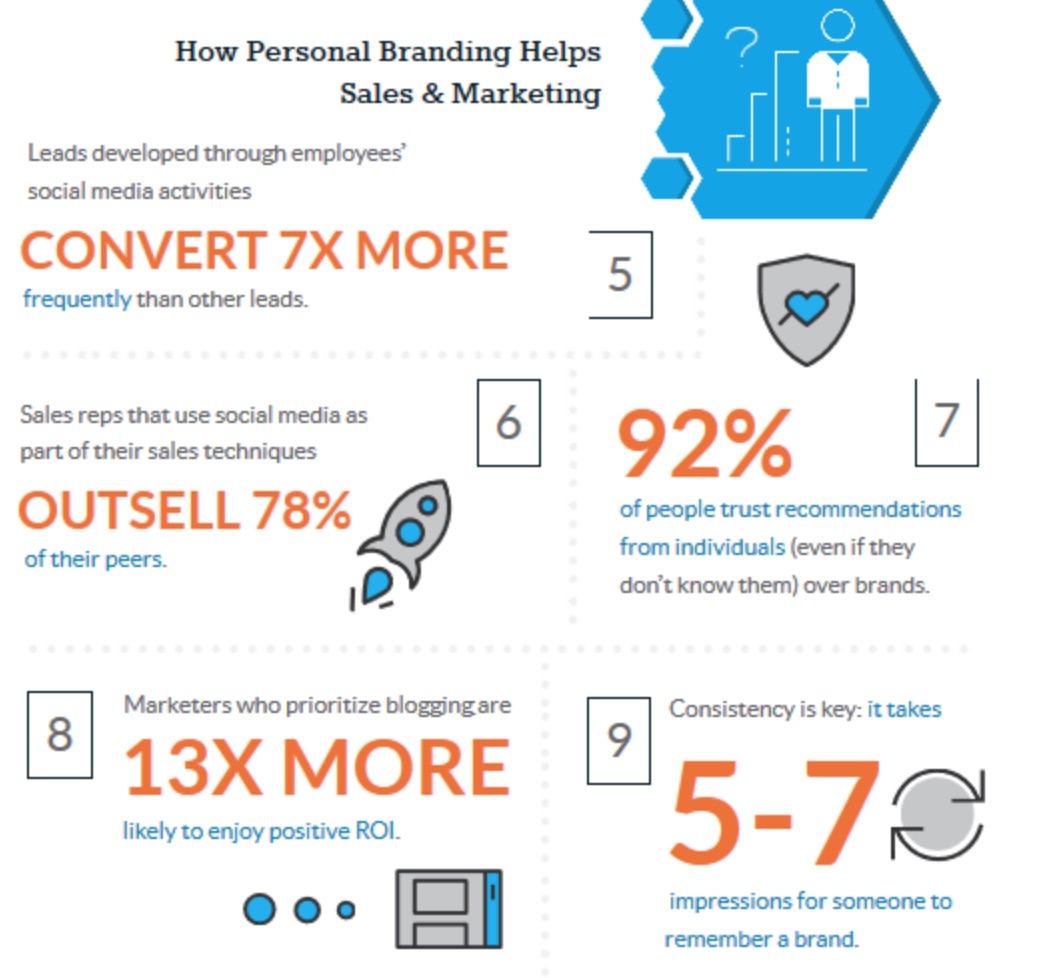
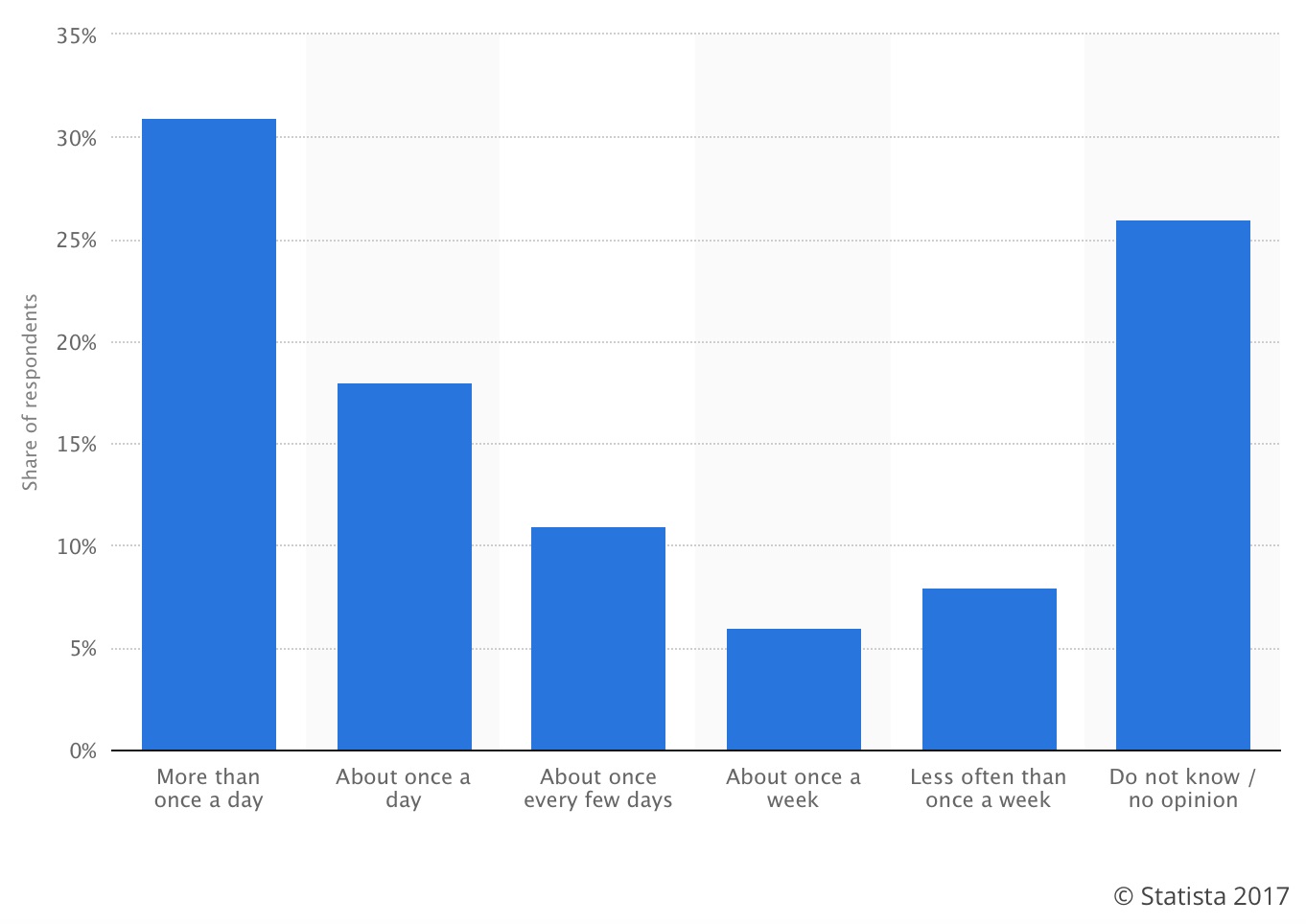
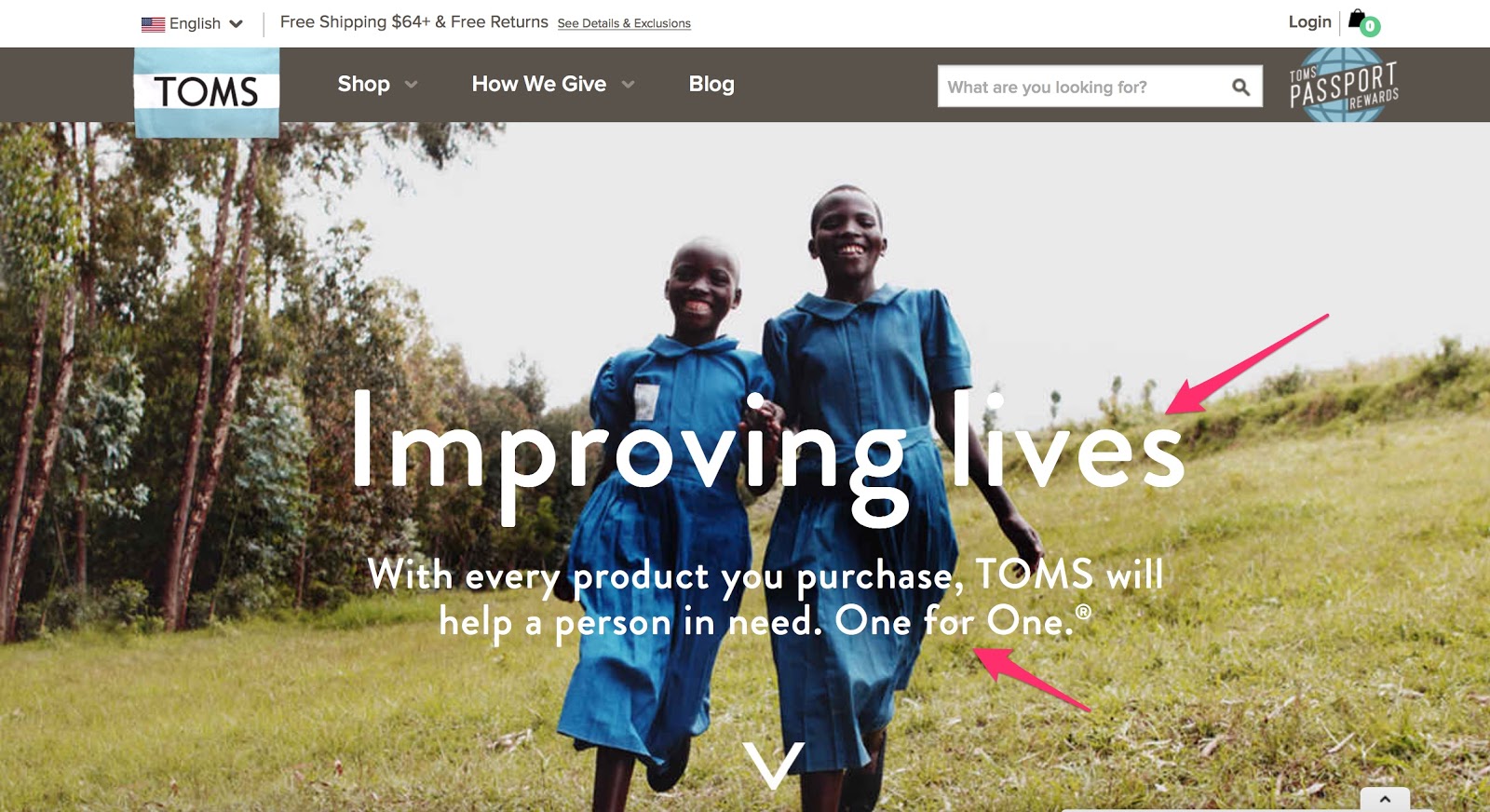
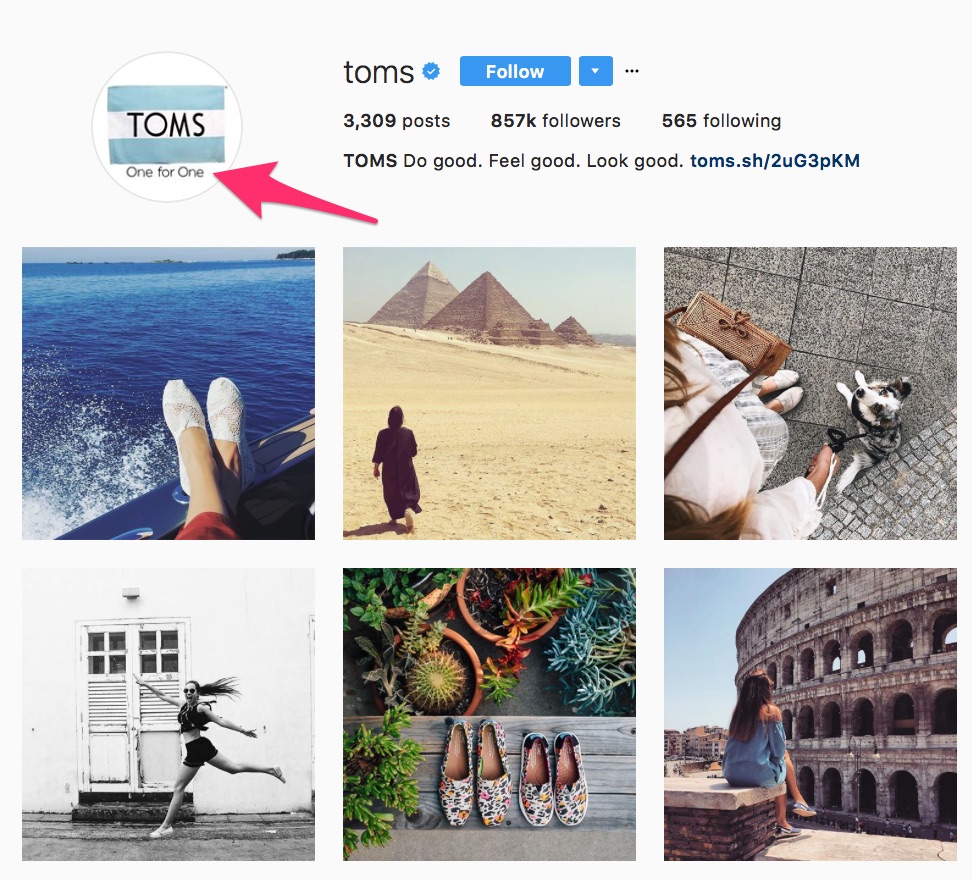
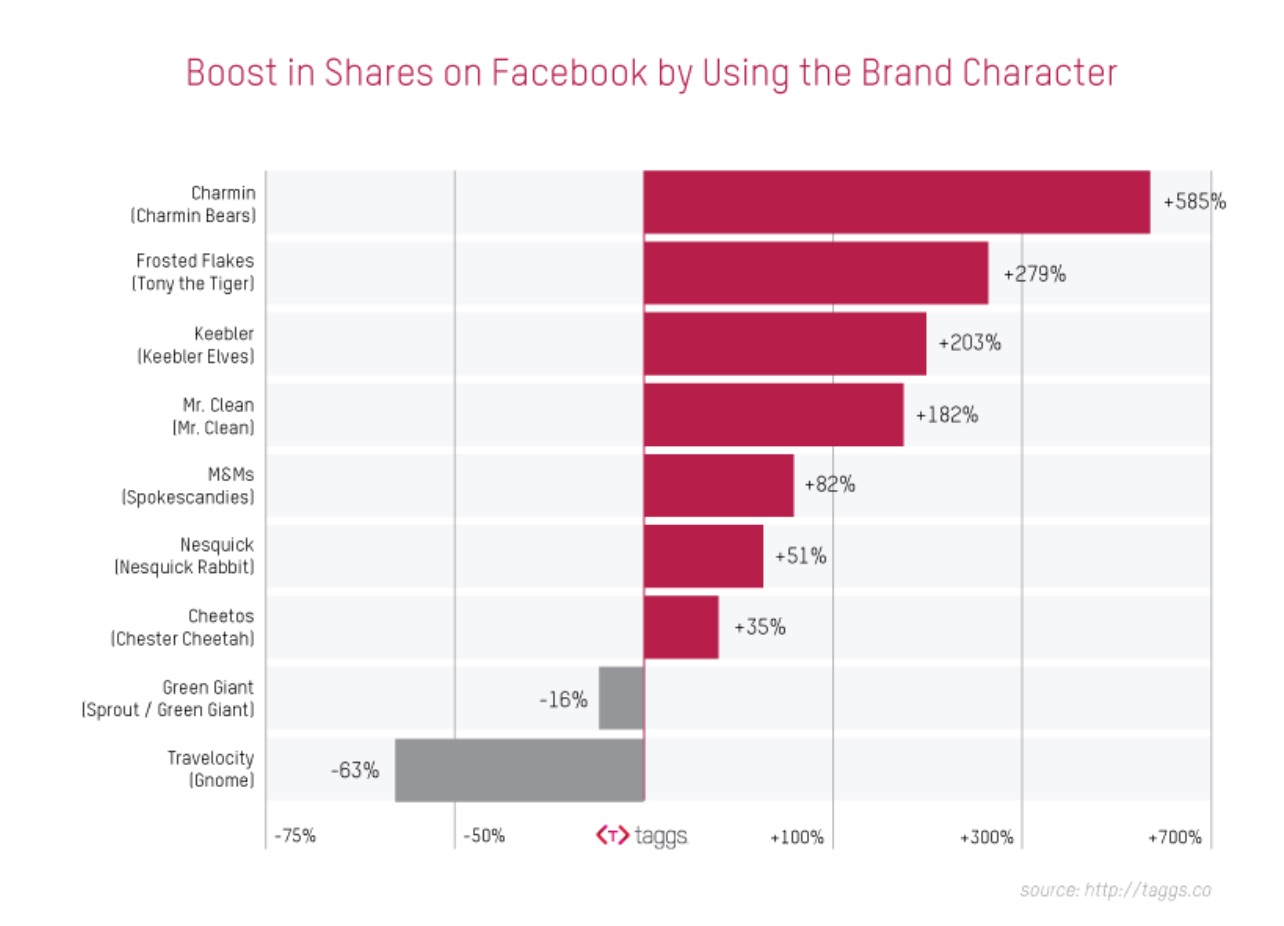

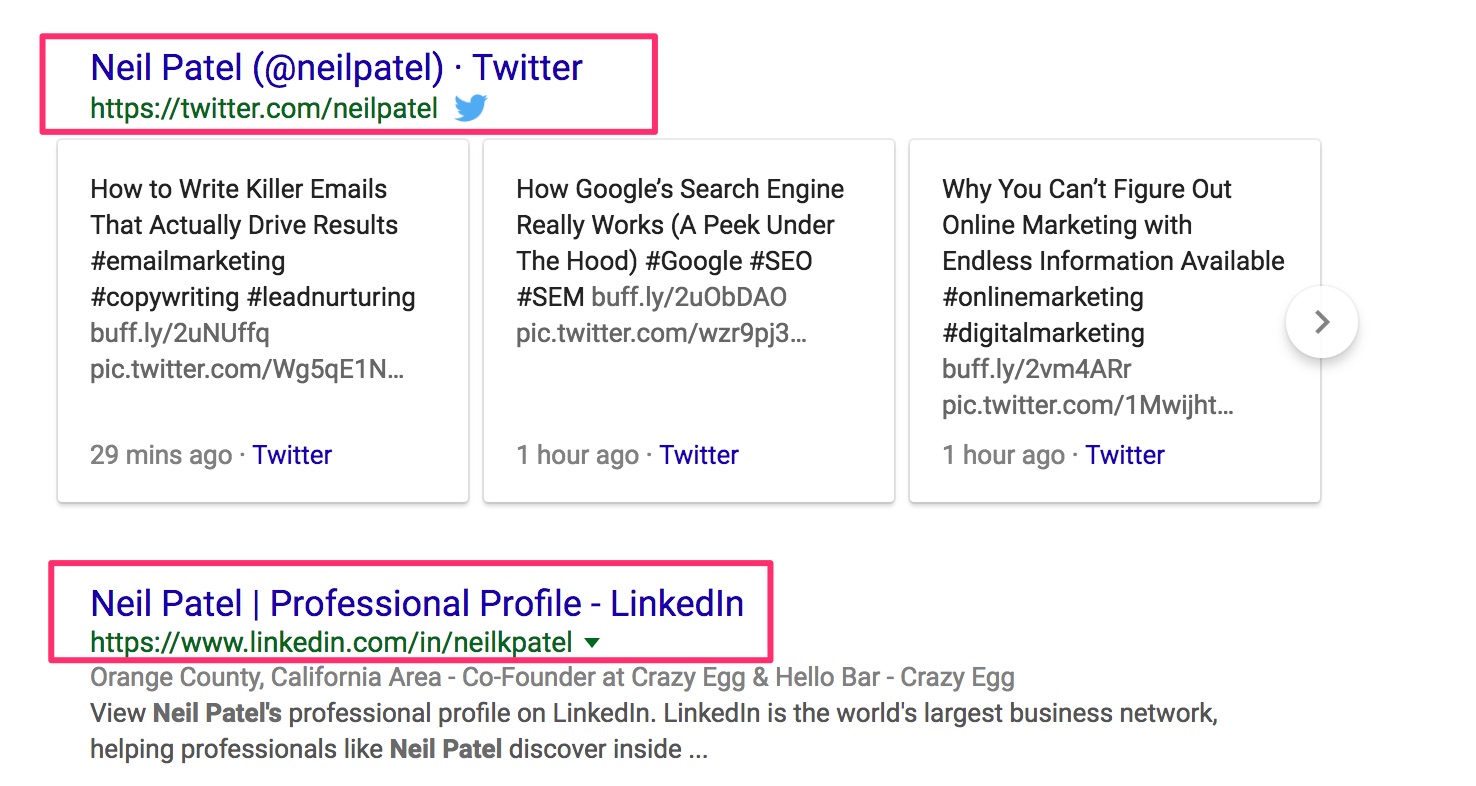



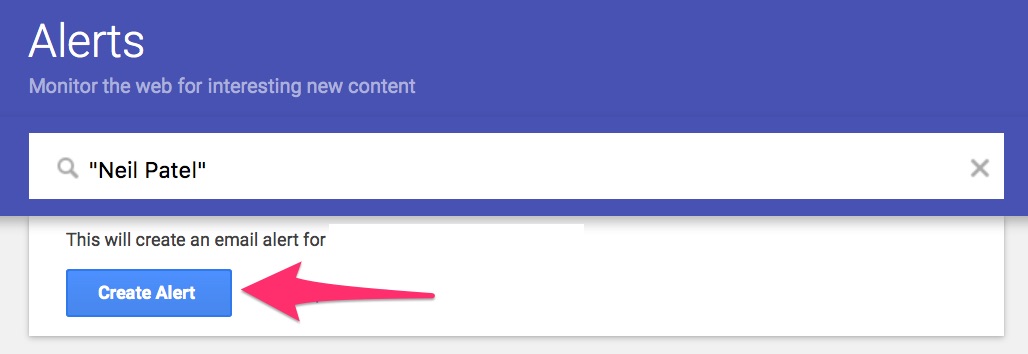
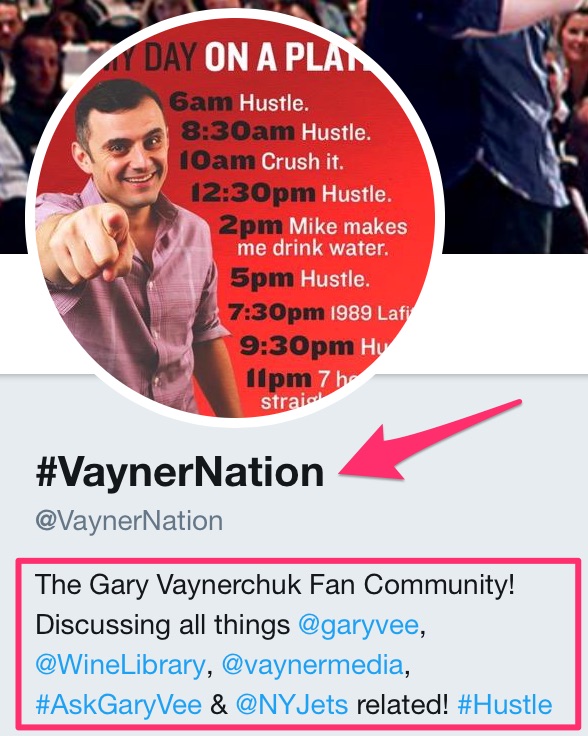
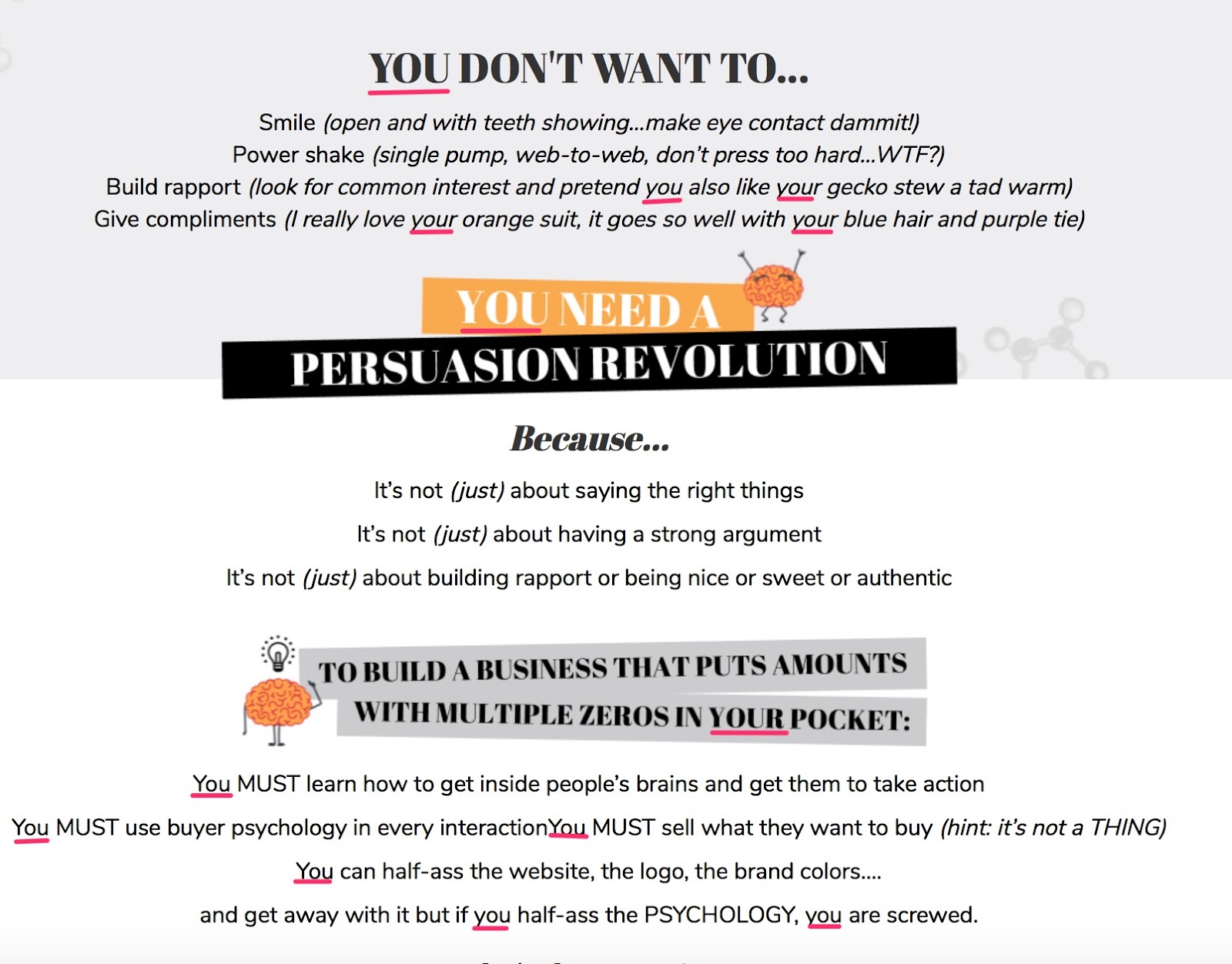
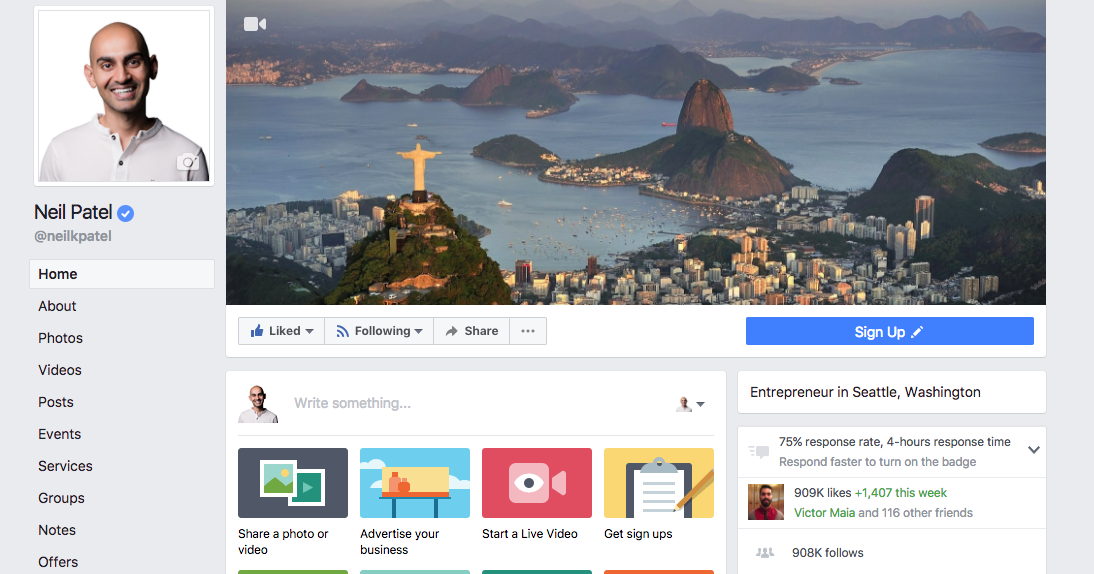
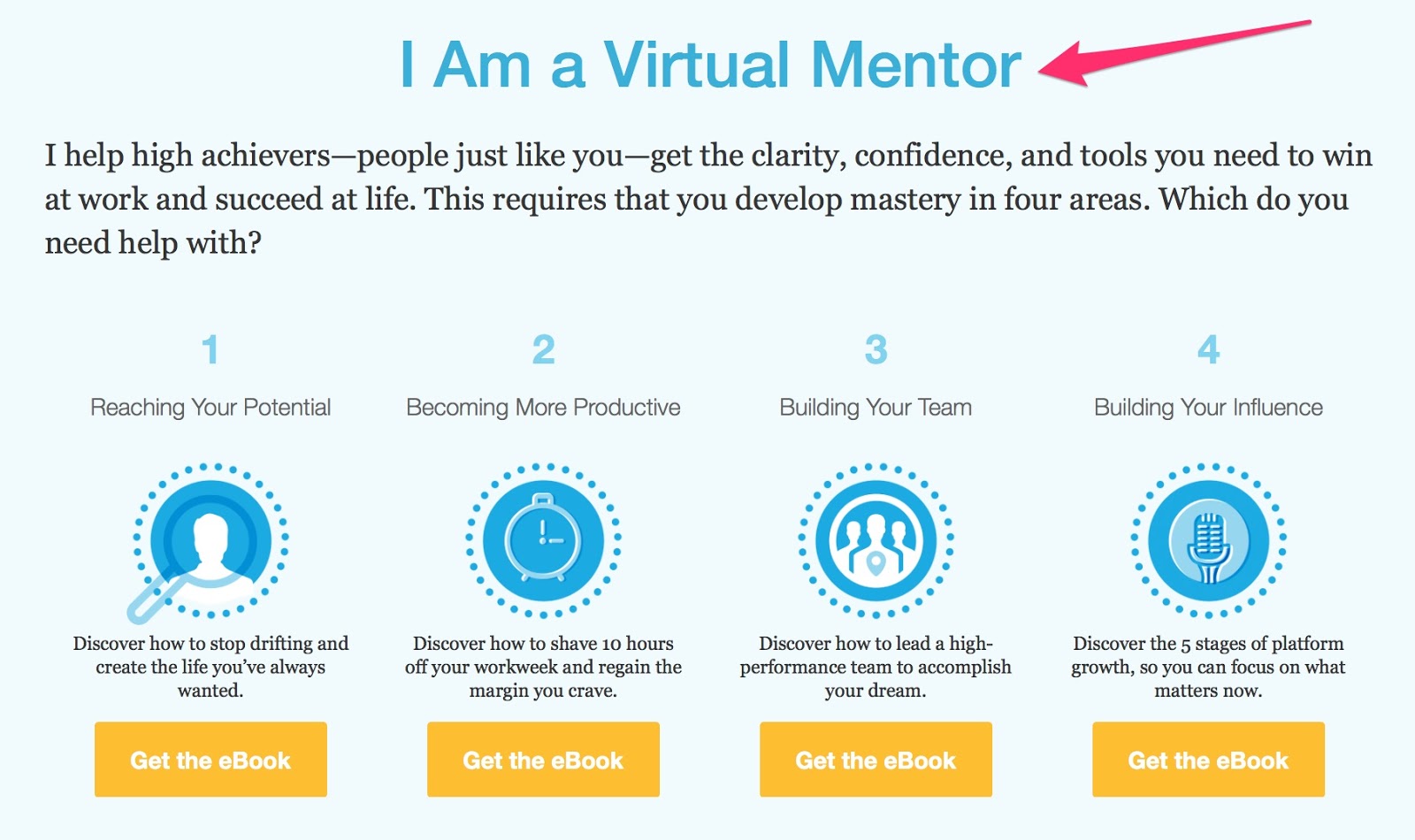

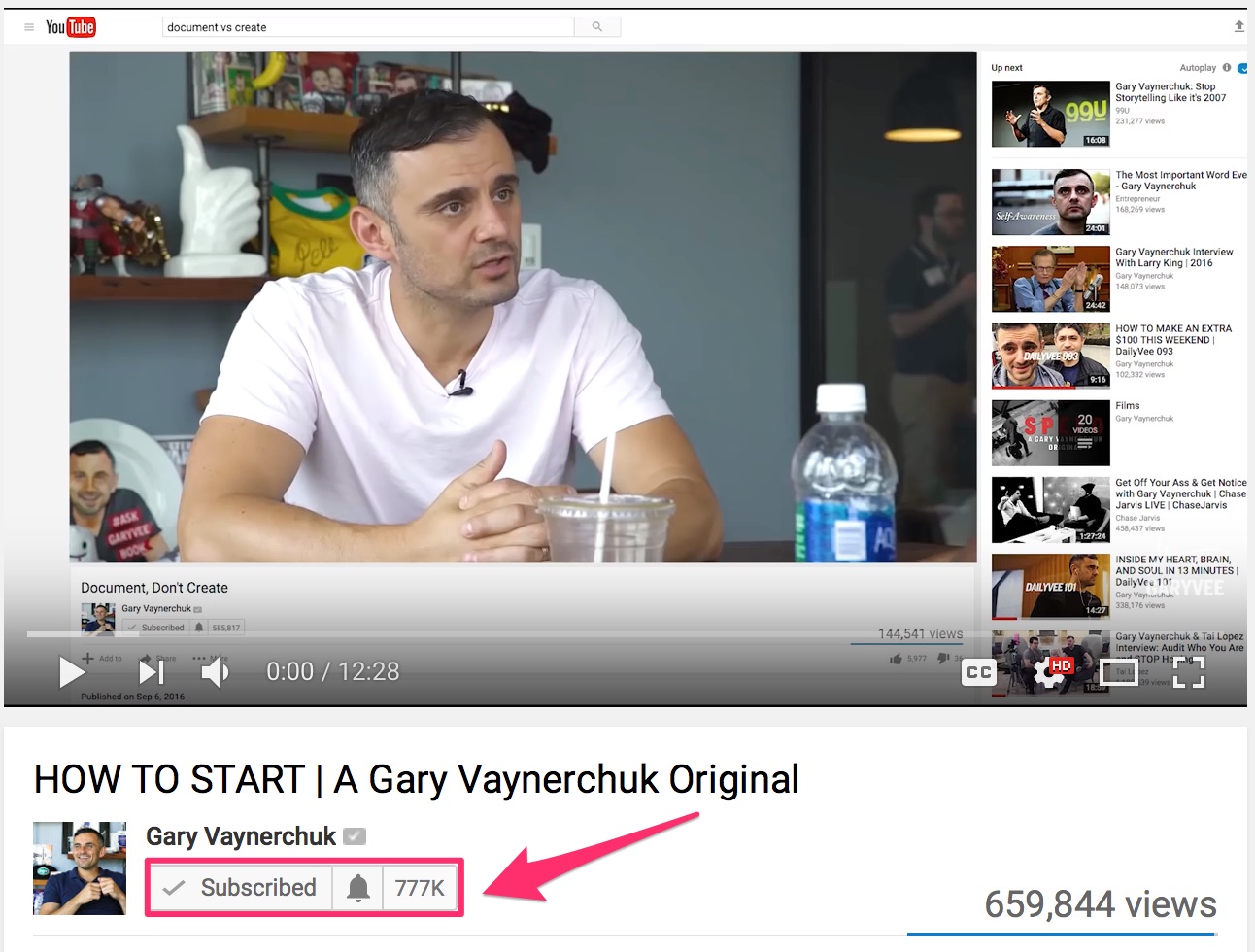
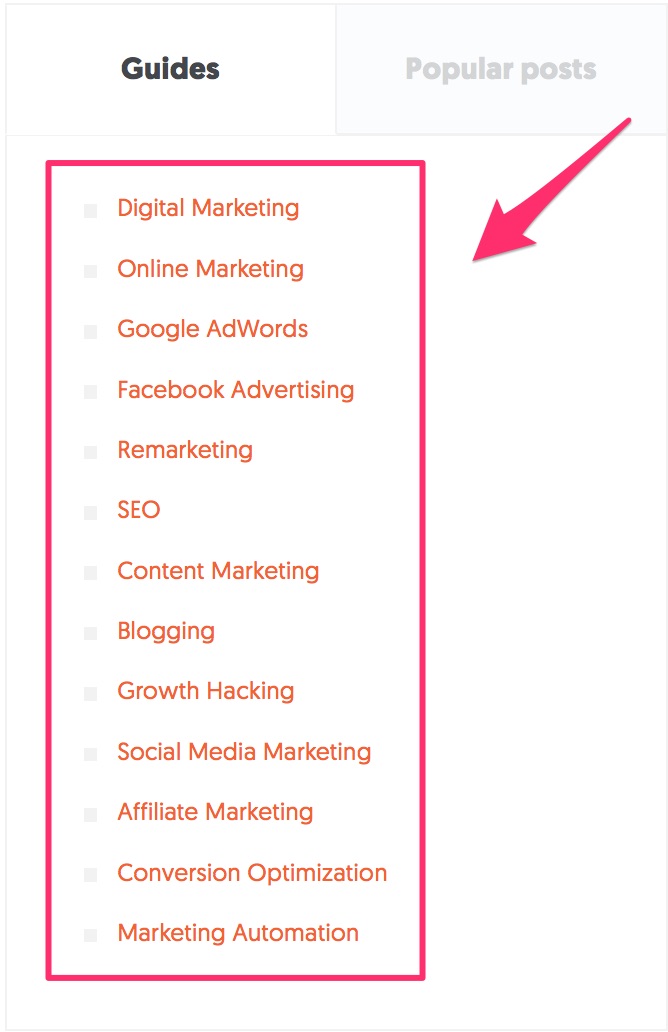
Comments (12)